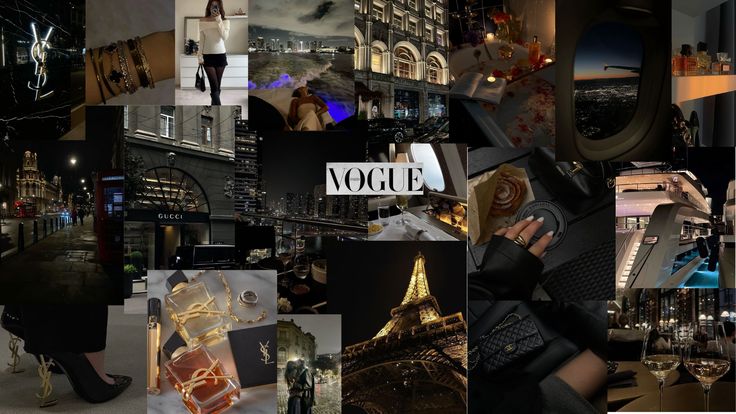A new fashion trend is taking hold in India’s retail sectors, celebrity wardrobes and Insta feeds: quiet luxury. Quiet luxury is a style associated with restraint an immaculate fit, luxurious fabrics, subtle colours and craftsmanship that speaks for itself as opposed to dressing that is flashy, logo heavy or fast fashion friendly. Quiet luxury is not about showing affluence, but rather it is about showing discernment: a cultivated style with an air of ease, except for those with the eye to discern quality.
Reasons quiet luxury emerged and why it has gained acceptance
There were several factors contributing to India’s acceptance of this more understated style of luxury. First, the post pandemic consumer became more value conscious: people began to think about whether they wanted to keep something, not whether they were going to wear it for just a season. This led to a rise in interest in well made, timeless clothing over impulse trend dressing. Second, settings of mass global culture from the old money silhouettes seen in Succession to luxury houses quietly leaning into minimalism gave aspiring consumers permission to wear the look; it became more normalized and acknowledged. Finally, affluent young Indians expressed a desire for authenticity: heritage, artisanal technique or quiet branding now holds as much value as price.
How India is giving the trend its own voice
Quiet luxury in India fuses global restraint with local craft. High end Indian designers, who have always esteemed handwork and fabric, presume designers known for couture level stitching and native textiles realize that the quiet luxury aesthetic is a natural inheritance. The new premium playbook highlights storytelling about where the fabric came from, who wove it, and stitch details justifying the higher price, rather than simply slapping on identifiable labeling. According to Indian publications and industry observers, elite shoppers in urban centers are digging in to research purchases down to construction and origin, which has helped home grown labels to reposition themselves to the quiet luxury mind set.
Who’s wearing it (and why celebrities matter)
Bollywood’s sartorial stars are among the biggest accelerants. When leading actors commute in pared back silhouettes in neutrals, and unbranded, tailored, quality clothes, the message spreads quickly: one does not have to have logos to be elegant. Examples of understated looks at the airport, as well as when offduty, generated attention for the aesthetic presented by high profile stars wearing understated ensembles, while celebrities also made the look aspirational for general audiences.
Brands and businesses: who profits
There are business ramifications to the quiet luxury trend. Small Indian labels melding artisanal capabilities and minimal design are attracting the attention of both domestic and global buyers. There is industry commentary about luxury retail splitting: on one hand, some global houses want the loud logo; on the other hand, there are many Indian heritage brands that are doubling down on understated and provenance which allows them to create a space for well crafted, higher margin essentials. Though, industry analysis also offers a caution that when a look comes into vogue, the mid-tier label will appropriate the look, making authenticity and true craftsmanship the key differentiator among premium homes in the luxury space.
The critique: elitism and accessibility
Yet quiet luxury is not without critique. Some cultural commentators believe the aesthetic represents a new pairing of “stealth wealth”, namely exclusivity that is understood by only those who are well informed. Others have noted that while restraint is preferenced over extravagance, these predilections can easily veil systemic inequities: expensive minimalism is still expensive. Even luxury executives contend that when consumers become weary of a single aesthetic, the phenomenon of quiet luxury might dissipate, and analysts claim that logo free looks are easier to imitate at lower price points which could easily erode any exclusivity.
Without spending too much, how to adopt the quiet luxury style.
If you’re a reader of the visual appeal, but not the price. Here are some practical options:
- Spend on fit, not labels. Look more elevated wearing a great tailored neutral blazer or a tailored shirt than wearing a conspicuous logo.
- Prioritizing fabric. Natural fibers (cotton, silk, wool) look and age much better in your closet than blends associated with synthetic fast fashion.
- Choose versatile basics. Timeless, classic, neutral pieces a crisp white shirt, well cut trousers, classic loafers to name a few reduce the need for fast fashion; if you own the right pieces, you’ll never have to shop for fast fashion again.
- Invest in craft. Purchasing an item directly from an artisan collective or certified small brands will ensure your purchase provides value and the price point reflects the work of the artisans.
- Care for what you have. Proper laundering and care, repairs can help you preserve your pieces and look luxe for years.
Replicating the ethos of quiet luxury with thoughtfulness, longevity, and subtlety.
What this entails for the future of fashion in India
In India, quiet luxury reflects a recalibration of taste one that elevates value in the form of stories prioritizing quality and longevity, on the one hand, and against visible markers of wealth on the other. As younger consumers become more discerning and international culture collides with rich indigenous craft, we suspect there will be enough of a market to sustain a quiet luxury label alongside overt markers of luxury in wealth in luxury goods. Overall, designer and retails in quiet luxury will have to negotiate authenticity and access, offering products that are truly worth the premium rather than mere semblance.
Final Thought
Quiet luxury does not suggest no ostentation; it suggests a commitment to buying less. In India where craft and couture have existed together for centuries, quiet luxury feels less foreign and more a rediscovery of an old way of considering consumption; the invitation to wear fewer but better things, to let craft not branding tell the story.








